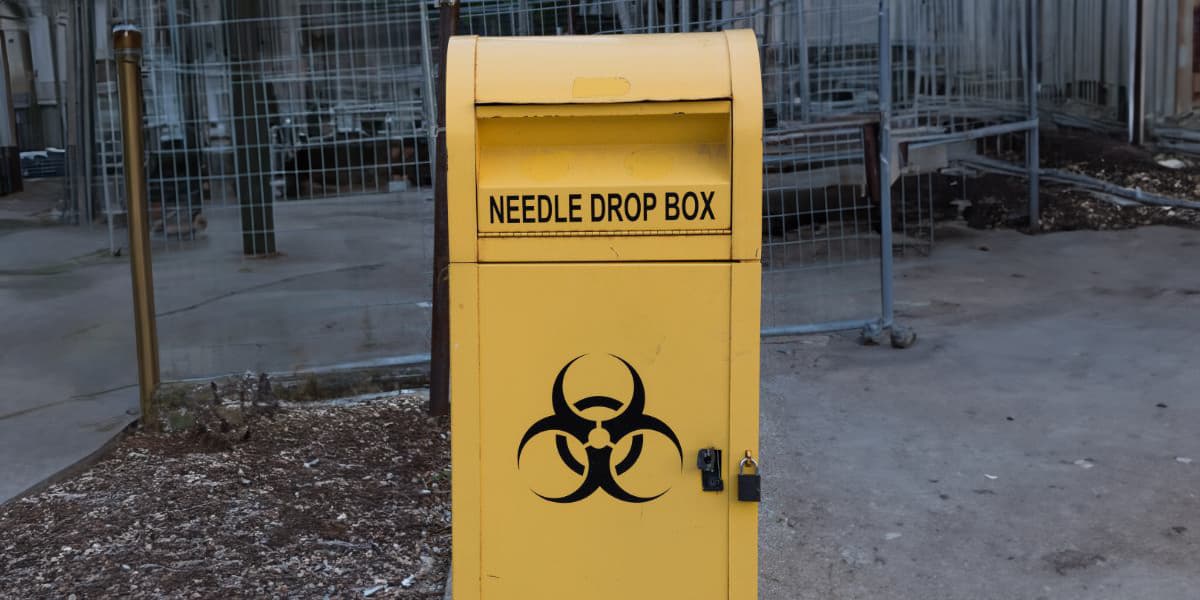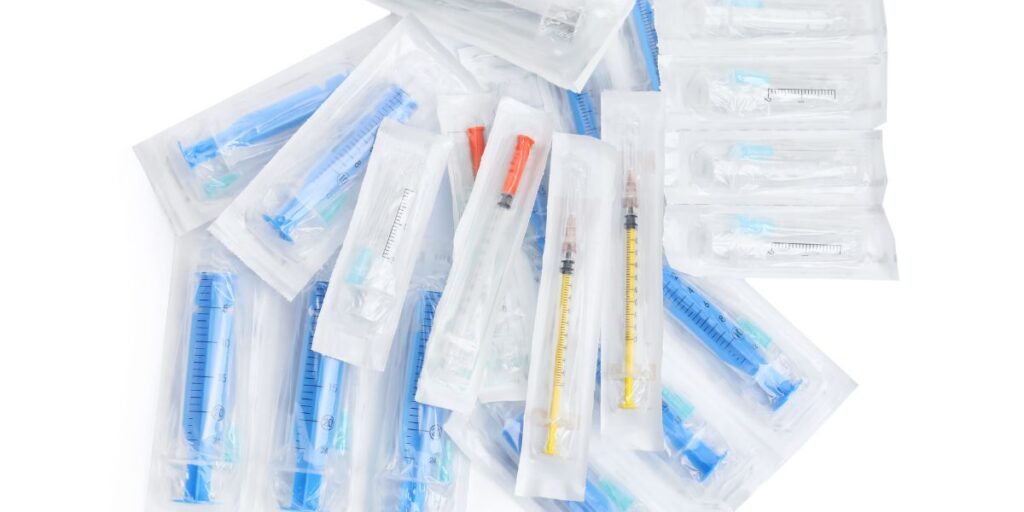Harm Reduction Model and Programs


Medical Writer:
Reviewer:

Johnny Kim
Executive Psychotherapist
Medical Writer:
Reviewer:

Johnny Kim
Executive Psychotherapist
Harm reduction helps people who use drugs by focusing on their immediate needs, reducing harm, and preventing overdoses. It is a set of principles and strategies. These principles and strategies aim to reduce harm and prevent overdoses.
Harm reduction strategies are effective public health measures that save lives. However, there is misinformation and limited federal funding for substance abuse prevention programs.
Table of Contents
Toggle
What Is Harm Reduction?
Harm reduction involves methods and initiatives to lessen the harm caused by substance abuse. We design these practices and programs to minimize the negative consequences of drug use. They also prioritize the dignity and autonomy of people seeking assistance. Harm reduction aims to support people in making healthier choices regarding substance use.
Harm reduction understands that not everyone who uses drugs or alcohol needs or is ready for addiction treatment. Instead of focusing on other things, it provides health and social services that meet their current needs. The goal is to reduce harm from drugs and prevent overdose deaths.
Harm Reduction Model
The harm reduction model helps people where they are by addressing their needs, substance use, and related circumstances.
The harm reduction model aims to address the unique needs of people and communities. It follows the principles set forth by the National Harm Reduction Coalition. This harm reduction approach emphasizes meeting people where they are and providing support without judgment. The focus is on reducing the negative consequences associated with risky behaviors.
Harm reduction was created to be used worldwide in different places and cultures. There is no one-size-fits-all method for implementing it.

Harm Reduction Programs
As the founding principles dictate, harm reduction programs must cater to the needs and incorporate the input of the people and communities they serve.
Different locations require distinct harm reduction programs. For example, a town grappling with an outbreak of blood-borne diseases such as HIV, AIDS, or viral hepatitis necessitates different harm reduction strategies than a college town facing an increase in fentanyl-laced party drugs and overdose deaths.
Here are some examples of harm reduction programs:
Syringe Services Programs
Users can safely dispose of used needles and syringes and gain access to sterile ones at these syringe service programs, also known as needle exchange programs. Syringe exchange programs also safeguard public health by removing potentially hazardous needles from the streets and reducing the transmission of blood-borne diseases.
Safe or Supervised Injection Sites
Beyond the risks associated with sharing needles, there are health hazards involved when a person injects drugs using a new, unused syringe, which can lead to injuries and health complications. Harm reduction workers can teach how to perform safe and sterile injections, properly dispose of used drug paraphernalia, and provide first aid in the event of an injury or overdose.
Overdose Prevention
Overdose prevention involves two key strategies: checking drugs before use and responding to an overdose in progress. Fentanyl test strips can help identify counterfeit narcotics and cutting agents before they are ingested, thereby reducing the risk of accidental overdose. Harm reduction workers can demonstrate how to use these test strips and provide some for future use.
If someone is experiencing an opioid overdose, Narcan (naloxone) can reverse the effects until emergency help arrives. Harm reduction workers teach people about overdose signs and show them how to use naloxone properly.
Health Care Services
Many harm reduction programs provide health care options and services, including screenings for blood-borne diseases, sexually transmitted diseases, and other health conditions that may be related or unrelated to drug use. Additionally, they offer pamphlets, information, and referrals for people ready to receive addiction treatment.
Many harm reduction programs and centers provide various services or can direct you to the nearest location to find what you need. Research from the National Institute on Drug Abuse, known as the NIDA, has shown that recipients of harm reduction services are more likely to seek addiction treatment and voluntarily commit to long-term recovery.

Residential Drug Addiction Treatment
If you or someone you love is ready to move towards a life without substance abuse, White Oak Recovery Center can help you achieve lasting recovery.
Our serene inpatient treatment center at White Oak Recovery Center provides privacy and solace, aiding your journey toward recovery and personal development. Our licensed and experienced team will help you overcome substance abuse with medical detox, dual diagnosis, and medication-assisted treatment program options. We customize our evidence-based treatment plans for each resident, incorporating relapse prevention methods to ensure everyone benefits from our dedicated approach to care.
Our compassionate treatment specialists are eager to speak with you and welcome you on the path to recovery. Reach out today to begin your healing journey.

Am I covered for addiction treatment?
Your insurance may cover treatment. Call now for an entirely free and confidential assessment. Recovery starts with a phone call.

- “Harm Reduction.” National Institute on Drug Abuse (NIDA), Jun. 2024.
- “Harm Reduction Approaches to Reduce Overdose Deaths.” National Institutes of Health, Jan. 2024.
- “Harm Reduction.” Canadian Mental Health Association.
- Coulson, Morgan and Hartman, Melissa, “What Is Harm Reduction?” John Hopkins Bloomberg School of Public Health, Fe. 2022.
Medical Disclaimer:







